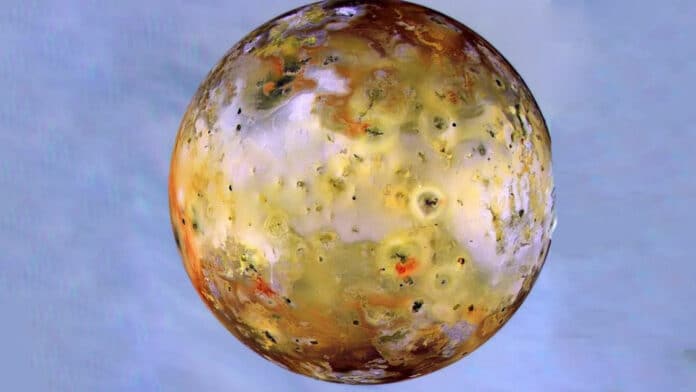In spring 2018, NASA’s TESS caught the first glimpse of possible planets orbiting the star LP 791-18. Located almost 90 light-years from Earth, the star is a red dwarf. To confirm the existence of those planets, CU Boulder’s doctoral student William Waalkes- pointed the Las Cumbres Observatory’s telescopes in the direction of LP 791-18.
At that time, scientists only knew about two planets: b and c. In a new study, a team of astrophysicists, including two researchers at CU Boulder, used NASA’s now-decommissioned Spitzer Space Telescope to get a closer look at the two planets. While doing so, they discovered a third hiding in between their orbits.
This third planet, dubbed- LP 791-18d- is a small and rocky world- similar to our planet Earth but much more chaotic. With the same size as Earth, this newly discovered planet orbits its star LP 791-18 about once every three Earth days. There may experience average temperatures that reach more than 250 degrees Fahrenheit, and lava and gas eruptions may spout throughout the planet’s surface.
William Waalkes, a co-author of the new study and doctoral student in the Department of Astrophysical and Planetary Sciences at CU Boulder, said, “This planet could be a very turbulent environment with many volcanoes. Its dayside would likely get very hot, and if the planet has an atmosphere, intense winds could blow toward the nightside.”
Co-author Zachory Berta-Thompson, assistant professor of astrophysics at CU Boulder, is excited about the possibilities of this fiery version of Earth. In part, that’s because LP 791-18d might be a useful comparison for a planet like Venus, which has an atmosphere sculpted by intense heat. LP 791-18d may also be “tidally locked,” meaning that, like Earth’s moon, it doesn’t rotate. One of its hemispheres could rest in permanent daylight while the other exists in a never-ending night.”
Waalkes and Berta-Thompson collected measurements from the ground of how frequently all three planets passed in front of their star, helping the team calculate the mass of LP 791-18d.
The observation revealed that LP 791-18c swings around its star; it draws perilously close to LP 791-18d. These gravitational forces might push and pull on the smaller planet, resulting in a dangerous situation similar to that on the moon Io of Jupiter. On this moon, there are around 150 active volcanoes.
Berta-Thompson said, “Volcanoes, however, aren’t always a bad thing for planets: Eruptions on the surface of LP 791-18d could seed its atmosphere with gases and even water.”
“I have no idea what it would feel like to stand on its surface. But, hopefully, with observations over the decades to come, we might be able to figure that out.”
Journal Reference:
- Peterson, M.S., Benneke, B., Collins, K. et al. A temperate Earth-sized planet with tidal heating transiting an M6 star. Nature (2023). DOI: 10.1038/s41586-023-05934-8
